Over the past several years, the increased prevalence and associated comorbidities of childhood obesity have become a hot topic among healthcare providers, parents, and the general public. Thanks to national campaigns such as Let’s Move!, special interest groups among pediatric healthcare professionals, and Twitter feeds devoted to healthy lifestyle tips, there is no shortage of information on the importance of food choices and active play to encourage healthy lifestyles for children.
Learning tools, such as the 5-2-1-0 plan from the American Academy of Pediatrics, have been developed to make healthy living easy: five servings of fruits/vegetables, two hours or less of screen time, one hour of physical activity, and zero sugary beverages in one day. As a pediatric healthcare provider and advocate for childhood obesity prevention, I have used this clever teaching tool countless times. The concept seems simple enough – follow four numbers and find yourself on a path to healthy living. Yet more often than not, talk of implementing these principles stays in exam rooms rather than extending to homes.
In an attempt to take childhood obesity prevention teaching one step further, I began to incorporate a children’s book that uses motivational interviewing strategies to encourage healthy lifestyle habits among families. In this model, a fictional family of farm animals teaches concepts of healthy eating and exercise. After reading the story, families are encouraged to create their own goals around healthy living based on concepts they learned from the characters. Although guiding families to create their own lifestyle goals rather than clinicians providing goals for them is a step in the right direction, creative educational tools coupled with motivational interviewing strategies often remain ineffective as a stand-alone intervention to influence healthy eating and activity habits.
As clinicians, we are armed with evidence based teaching tools and strategies to empower families to make healthy decisions yet often find ourselves unable to make impactful change. Where then, is the missing link?
As a mother to a wonderful, and very opinionated, three-year-old, I have quickly learned that healthy living can be hard. There are nights when I don’t want to fight over broccoli instead of macaroni and cheese. Sometimes I want to embrace the calmness of watching a cartoon instead of encouraging a family walk. When I began juggling the role of a childhood obesity prevention expert and young mother, I quickly realized that factors such as convenience and busy lifestyles made it hard to emulate the very changes I was asking my patients and their families to do in their own homes.
Although many families can relate to these struggles, what happens when convenience or a busy lifestyle is just one of many layers added on to a family’s healthy lifestyle journey? For example, how do families who don’t have access to fruits and vegetables at their neighborhood gas station get five servings a day? How do families who hear gunshots outside of their windows find a safe place for their kids to get an hour of physical activity? How do elderly grandparents watching their grandchildren limit screen time to two hours per day when they have a limited ability for activity themselves?
Healthy living can be hard when you have resources. Healthy living can feel impossible when you have none.
Expanding our lens outside of the clinical exam room and into the homes, neighborhoods, and built environments of the families we serve provides valuable insight into our ability to encourage healthy habits. Empowering families and communities to create their own lifestyle goals, and providing them with the knowledge and resources to do so, is the first step in creating sustainable change.
ABOUT THE AUTHOR:
Dr. Audra Rankin is a certified pediatric nurse practitioner and faculty member at Johns Hopkins School of Nursing. She is the co-author of the children’s book Gordon Galloway’s Mealtime Makeover and has an interest in leading, and advocating for, childhood obesity prevention programs in underserved communities. Follow Dr. Rankin on Twitter: @DrRankinPeds.

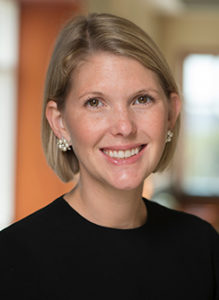
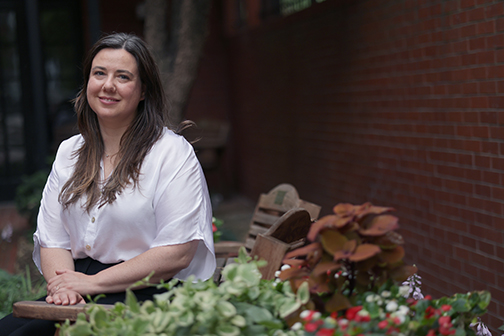 Psych PhD Candidate Guides Families Full Circle
Psych PhD Candidate Guides Families Full Circle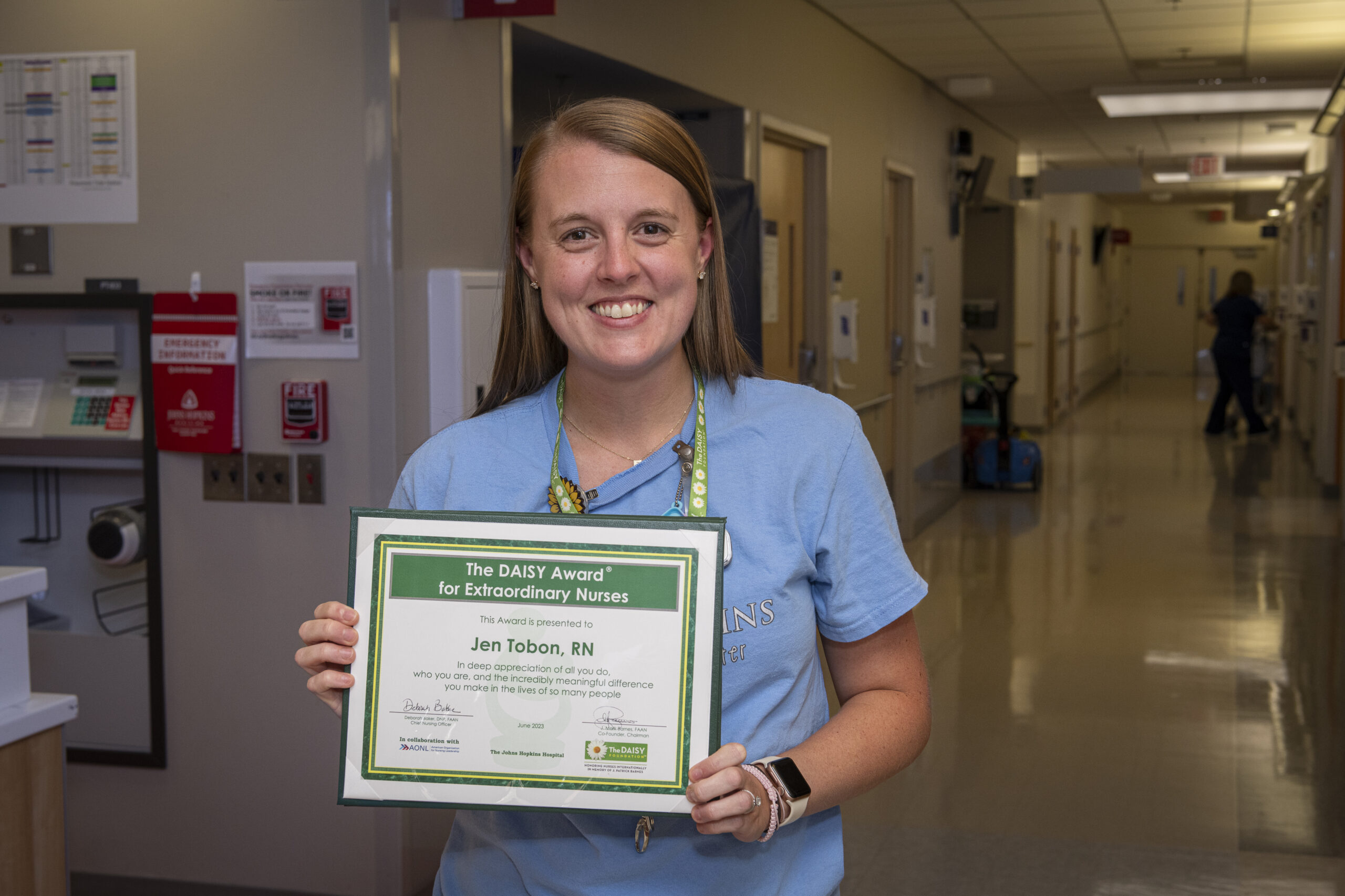 DAISY Awards Fall 2023
DAISY Awards Fall 2023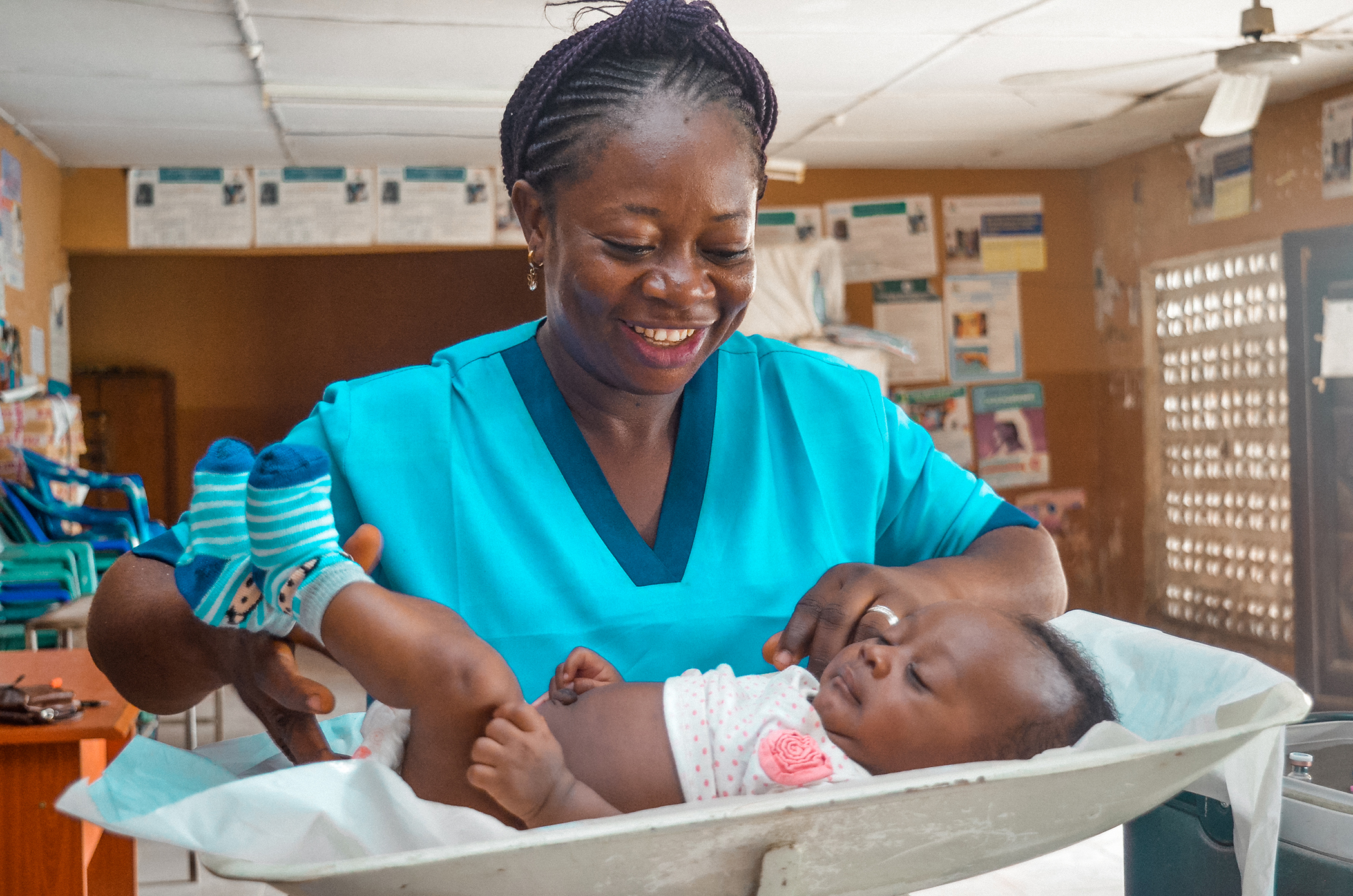 Nurse Edith Brings Primary Health Care to Everyone in Rural Nigeria
Nurse Edith Brings Primary Health Care to Everyone in Rural Nigeria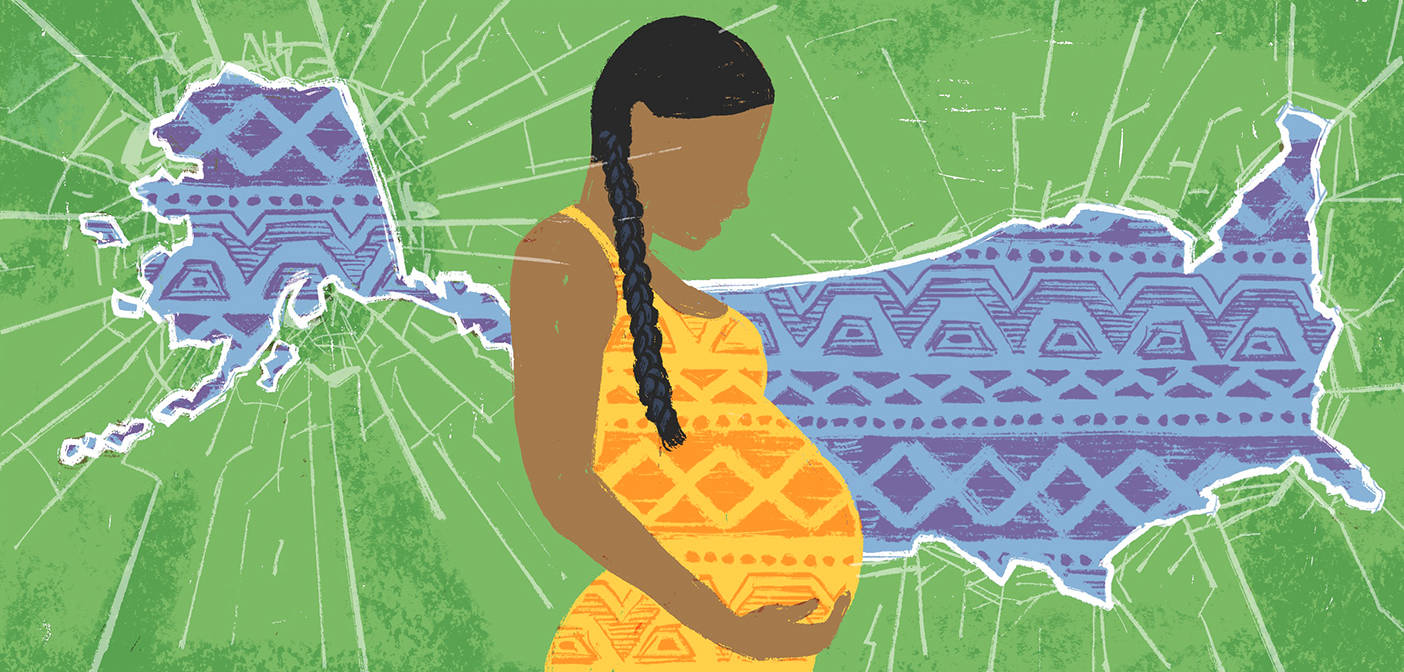 Heart Health in Native Populations
Heart Health in Native Populations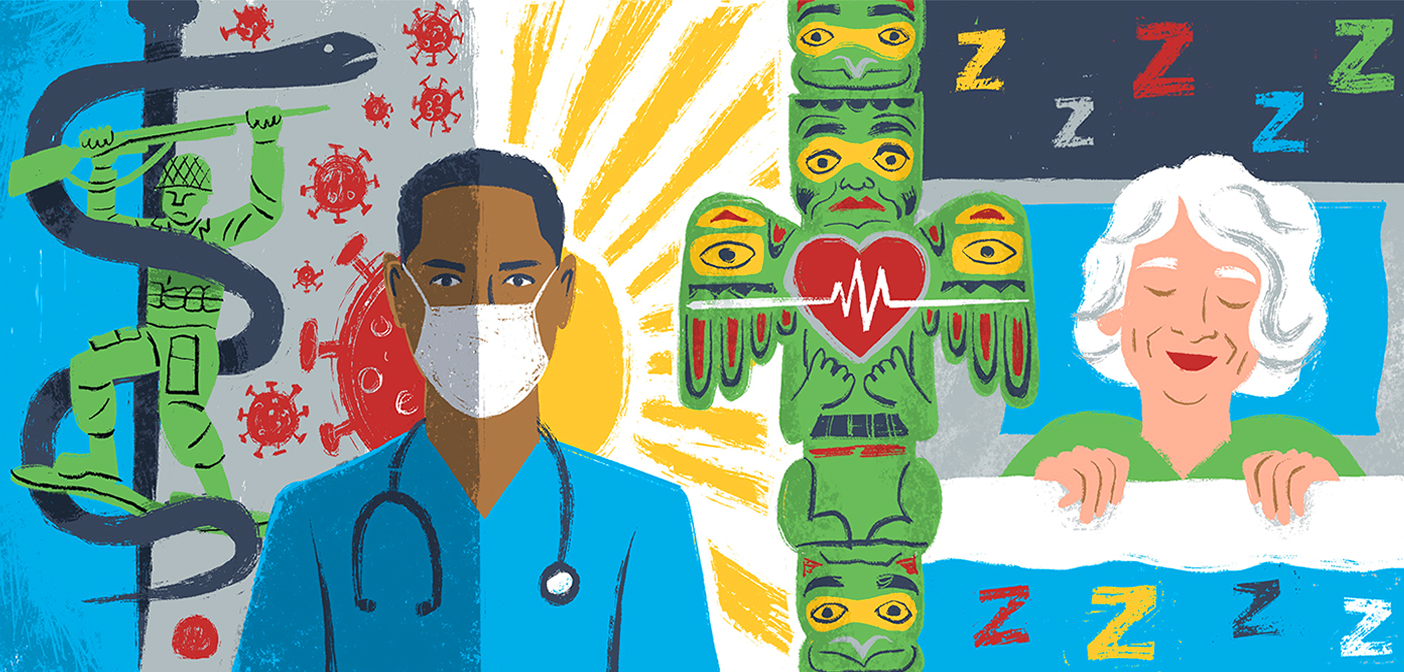 Summer Research Roundup 2023
Summer Research Roundup 2023







